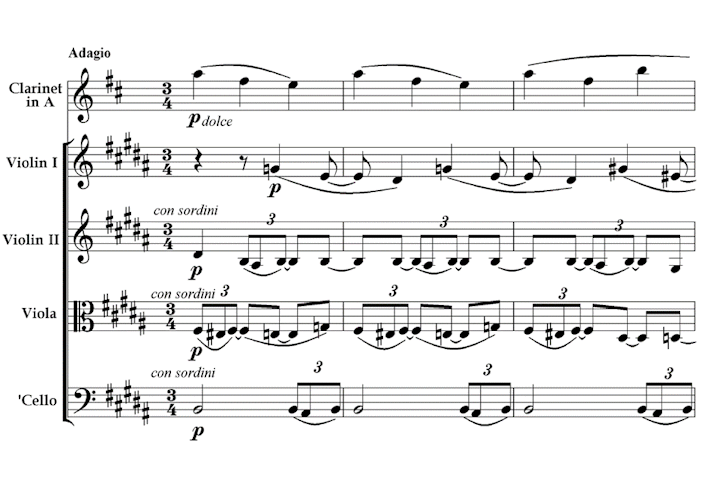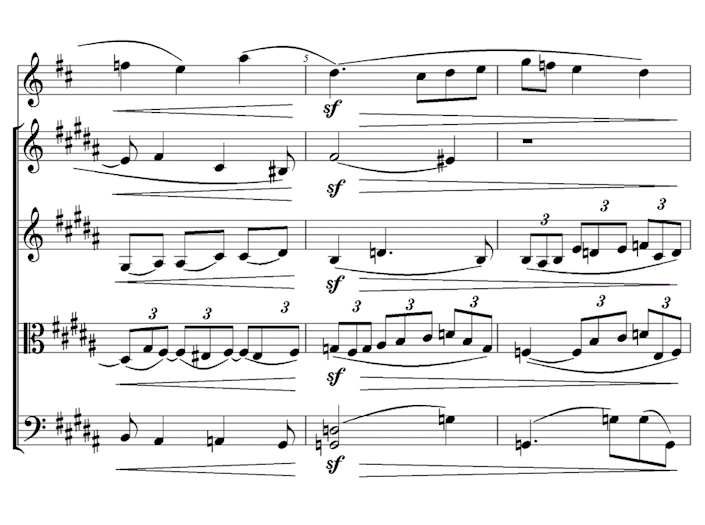The Romantic era in music was (roughly) between the years 1830 to 1900.
Some of the most famous composers of this era are: Robert Schumann, Edward Elgar, Frédéric Chopin, Felix Mendelssohn, Antonín Dvořák, Richard Wagner, Hector Berlioz,and GiuseppeVerdi. Women composers were slowly becoming more abundant during this era, and some well-known examples are Clara Schumann and Fanny Hensel.
During the Romantic era orchestras grew considerably in size. The clarinet became a permanent member of the woodwind section, and the brass section was expanded to include the trombone and tuba. In addition, some composers began to make use of the extended woodwind, brass and percussion families, including the piccolo, cor Anglais, bass clarinet, double bassoon, bass trombone amongst many others.
The number of players overall was much larger than during the Classical period. Gustav Mahler’s 8th Symphony (1910) required 171 instrumentalists along with 858 singers! By this time, the harpsichord had gone out of fashion, and the piano was the most popular instrument in the Western world.
In the Romantic era, textures became thicker, richer and more luscious. Romantic music is also more likely to feature dramatically contrasted sections – for example a full-on orchestral section followed by just the woodwind and cellos. Romantic composers felt that music should portray human emotions and experiences, for example, love, tragedy, humour, anger etc.
During this period composers began to experiment with more adventurous harmonies, including modulating to more distant keys and using more chromatic chords. Performance directions are normally abundant and detailed, with every nuance of dynamics, tempo and attack carefully notated by the composer.
Here is part of a Romantic era clarinet quintet, by Johannes Brahms:


Notice how rich and dense the texture is. Instead of just a simple melody plus accompaniment, each part is complex and involved. The clarinet has the melody, but the first violin imitates this melody a beat and a half later. The second violin, viola and cello have a complicated quaver (8th note)/triplet accompaniment, which will sound much heavier than, for example, simple crotchets (quarter notes).
The piece is in 3/4, but there is a huge amount of rhythmic movement going on. In the first bar alone, there are notes being played at 11 different instances- each beat is divided into triplets, but the second two beats are also divided into normal quavers (8th notes). This makes the texture sound dense.